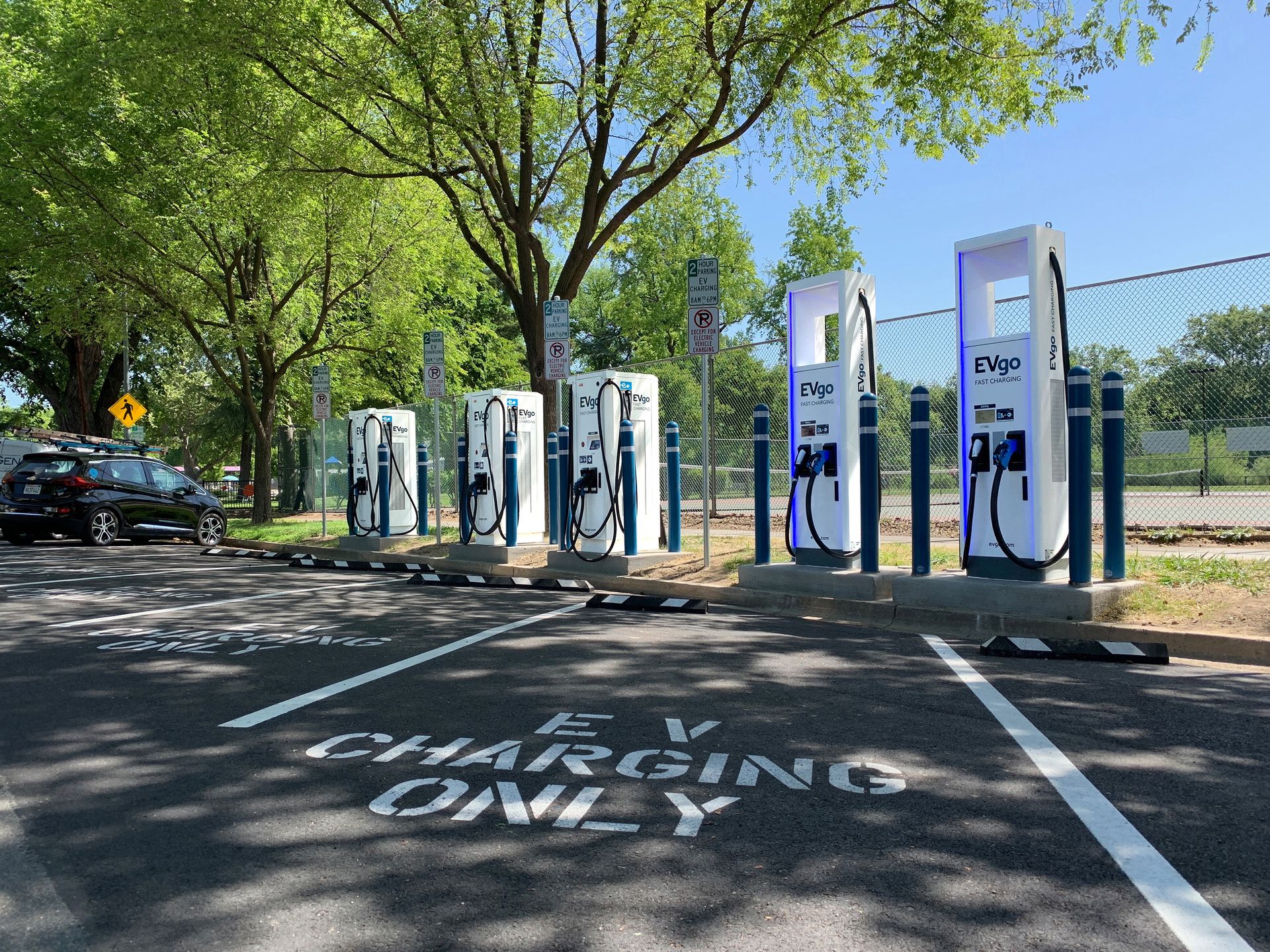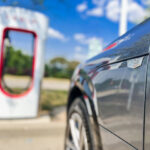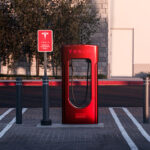A new study has revealed a concerning new trend among EV users: that free vs. paid DC fast-charging time significantly differs for consumers. It seems that the free DC fast charging often offered by EV manufacturers to attract new customers has significantly impacted the charging infrastructure and EV drivers’ behavior.
According to data provided by Energetics and EVWATTS Dashboard (via the U.S. Department of Energy) from a self-selected set of EV owners nationwide, the average free DC fast-charging session takes about 78 minutes and is 85% longer than the average paid session at 42 minutes.
The report is based on close to 2.4 million charging sessions at various fast chargers (excluding the Tesla Supercharging network) between June 30, 2020 and June 30, 2023. For reference, the average Tesla Supercharging time (which is not part of this study) is estimated to be less than 30 minutes, at least by the manufacturer.
The amount of energy used per session also varies significantly, at 40.7 kilowatt-hours (kWh) for free charging and 22.0 kWh for paid charging.
The numbers indicate that the average charging speed is just over 0.5 kWh per minute, or about 31 kilowatts, which is relatively low. We would definitely expect a higher number.
Regardless of the accuracy of the study, the data gives us a pretty clear view that EV drivers are DC fast-charging more (both for a longer period and to a higher state-of-charge) when the electricity is free than when the electricity is paid.
This phenomenon might negatively impact the allocation of DC fast-charging infrastructure, which should be used primarily when necessary or during long-distance travel rather than to save on electricity– especially considering that home charging is relatively cheap.
Such free charging might initially attract customers to purchase an electric vehicle, and even bring some traffic to fast charging stations (since the charging cost is then partially offset by EV manufacturers), but that will only solidify bad habits. EV drivers who have to recharge quickly might later be forced to compete for a DC fast-charging stall against those who are just charging for free, without any critical need.
It’s believed that the issue of free charging is a temporary one in the early stage of EV market development and should gradually fade once the market matures and charging infrastructure expands. Right now, the share of new EVs with some kind of free charging packages on the road is simply too high while the market is dynamically growing.









0 Comments